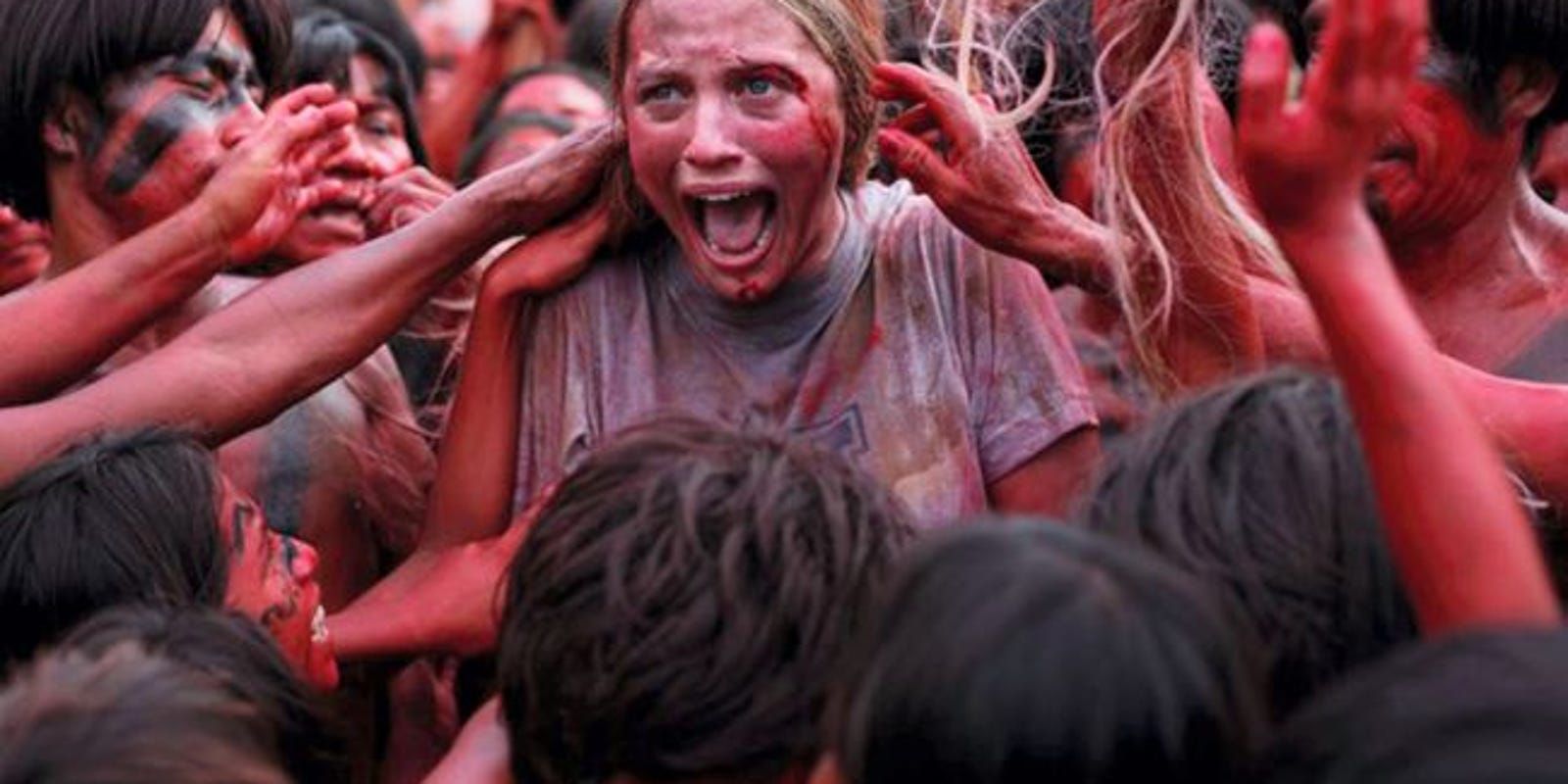Gory horror movies used to be quite controversial, but in modern years no one bats an eye. Why not? What has changed in society that makes gore more acceptable than it used to be?
In the 1960s and 1970s, spilling over into the 1980s, gore in movies was highly censored. Many thought that things like splattering blood and limbs being ripped off was too much for audiences to handle. Kids would be traumatized and even older audiences could be encouraged by such things, resulting in them becoming dangerous to society. As beliefs such as these were common, the majority of mainstream horror movies refrained from showing too much gore until the advent of “torture-porn” horror in the 2000s with movies like Hostel and Saw.
In the 1970s, The Exorcist was not just a horror movie, but an event that had people protesting in the streets. The scene when Regan vomits green goop was seen as extreme, and some even thought the movie was psychologically harmful. That same decade saw the release of other horror classics such as The Omen, The Texas Chainsaw Massacre, and Carrie. However, while certainly scary, none of these movies are particularly gory. Even The Texas Chainsaw Massacre avoids showing any real blood. Similarly, into the 1980s, when slasher films like A Nightmare on Elm Street and Halloween were popular, the gore was minimal. So, what changed between then and now to allow filmmakers to really let the blood and guts fly?
Why Gory Horror Movies Are No Longer Controversial

The easy answer is that audiences have become desensitized to gore and horror. An overabundance of television and movies has made people less able to be shocked by fictional violence, even that which borders on very realistic. However, if asking people who don’t watch or like horror movies, it becomes quickly apparent that gore still holds some shock value. Even some horror fans will talk about how they could never watch more extreme horror movies like Martyrs, Antichrist, The Human Centipede, or even Evil Dead. It’s not just that some audiences don’t like these kinds of movies, they’re also scared of them and disgusted. So, gore still holds the power to shock, yet it’s not as controversial as it once was.
A good example is The Green Inferno, Eli Roth’s gory horror movie, which is based loosely on Cannibal Holocaust. Both films are very gory, however, when Cannibal Holocaust was released in 1980 in Italy, the film was seized by the magistrate, director Ruggero Deodato was arrested, and the movie was banned in countries all over the world. On the other hand, The Green Inferno was released in 2015 to mixed reviews, with most of its controversy concerning how it portrays indigenous people. The gore was largely ignored by the general public, and those interested in watching such things are free to do so without the same restrictions as in the past. While this may partially be due to how the internet has made information so freely available, allowing even the most transgressive movies, such as A Serbian Film, to thrive in niche markets without a large, public release, it also signals a societal shift in attitude.
Most people these days, parents in particular, are not as concerned about their kids watching gory horror and being traumatized. Perhaps this is because today’s parents grew up on horror, and they came out of it mostly unscathed. They have seen first-hand that gore on the screen does not translate into gore in real life. After all, modern parents had childhoods in the 80s, 90s, and 2000s. They grew up on Spielberg movies like Gremlins and The Goonies, which are basically horror movies for kids, and then on classics like Hellraiser, The Fly, A Nightmare on Elm Street, and Halloween.




